Mysterious “Stonehenge” Structure Discovered In US Lake
In 2007, archaeologists made a stunning discovery beneath Lake Michigan: a stone circle resembling Stonehenge.
Found near Traverse City at a depth of 40 feet, this site consists of large granite stones arranged in a perfect geometric pattern, sparking intrigue and fascination worldwide.
A Structure Older Than Stonehenge
The underwater monument is estimated to be around 10,000 years old, making it 5,000 years older than Stonehenge.
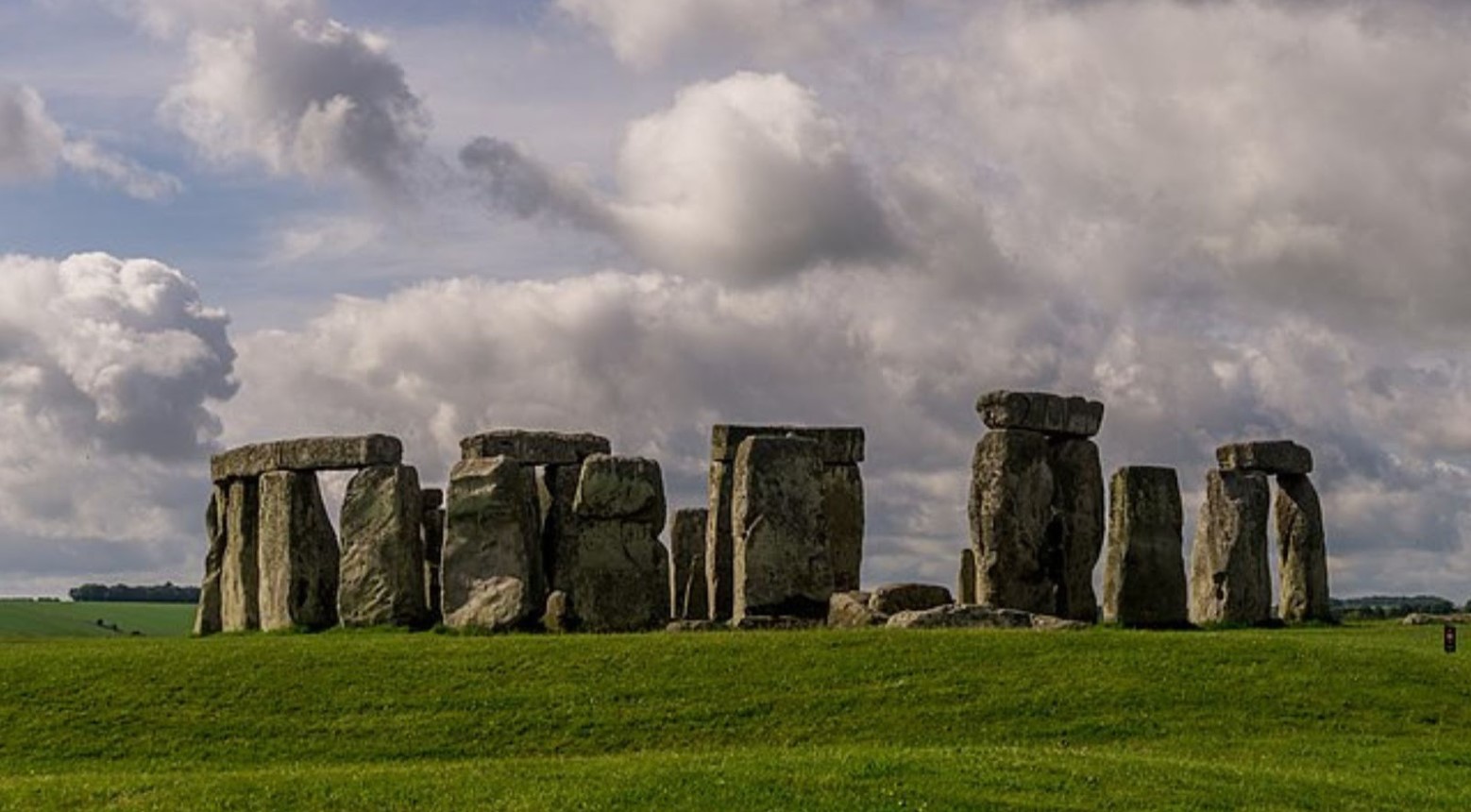
Source: Sumit Surai/Wikimedia Commons
The arrangement of the stones indicates deliberate placement by humans, challenging our understanding of prehistoric capabilities.
The Unexpected Find
Professor Mark Holley and his team stumbled upon the site while surveying the lake bed.
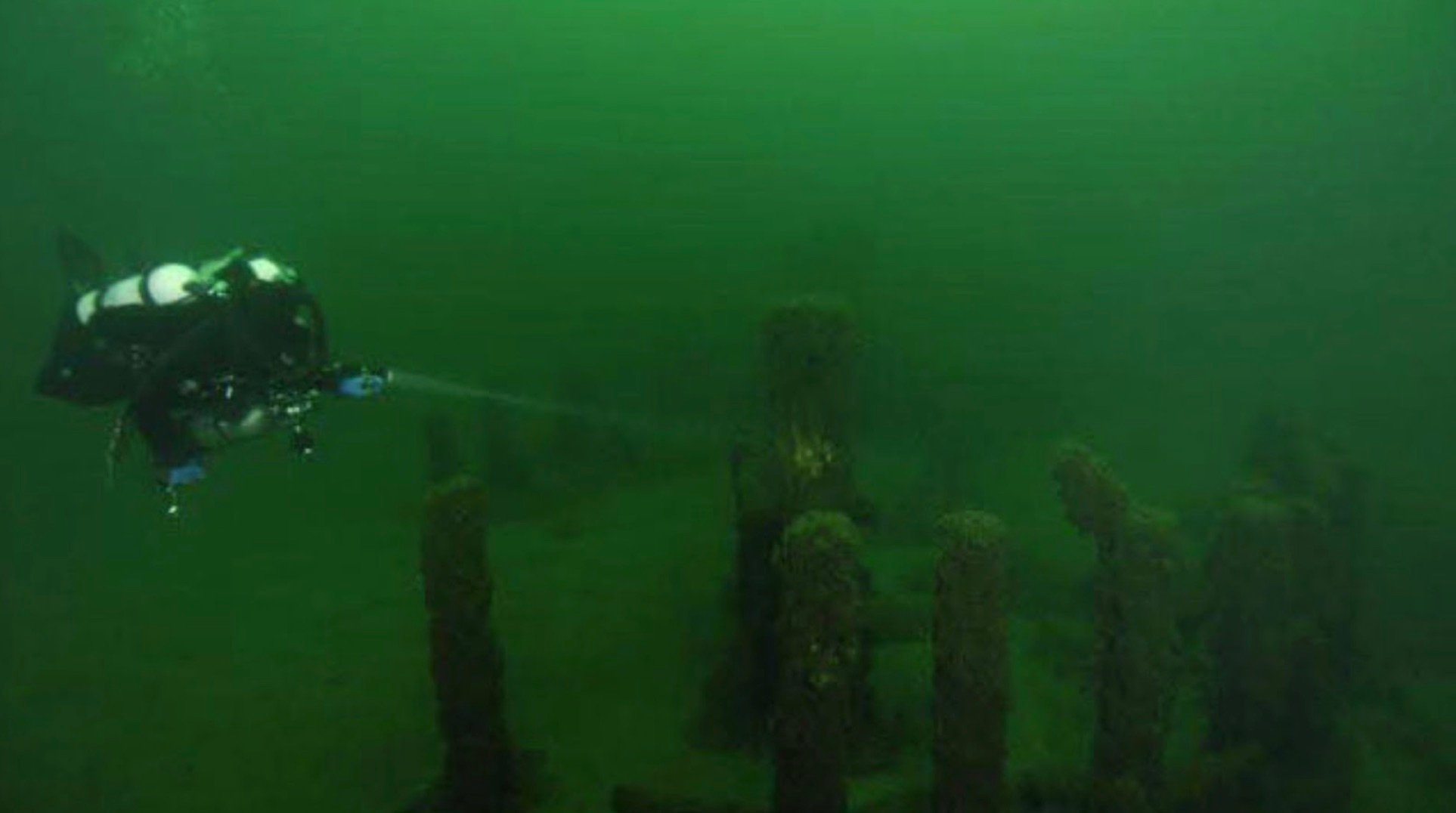
Source: @SelineSigil9/X
The discovery was a complete surprise, as they initially couldn’t identify the nature of the stones they had found.
An Impressive Stone Arrangement
The circular pattern spans about 40 feet in diameter, with an inner circle measuring around 20 feet.
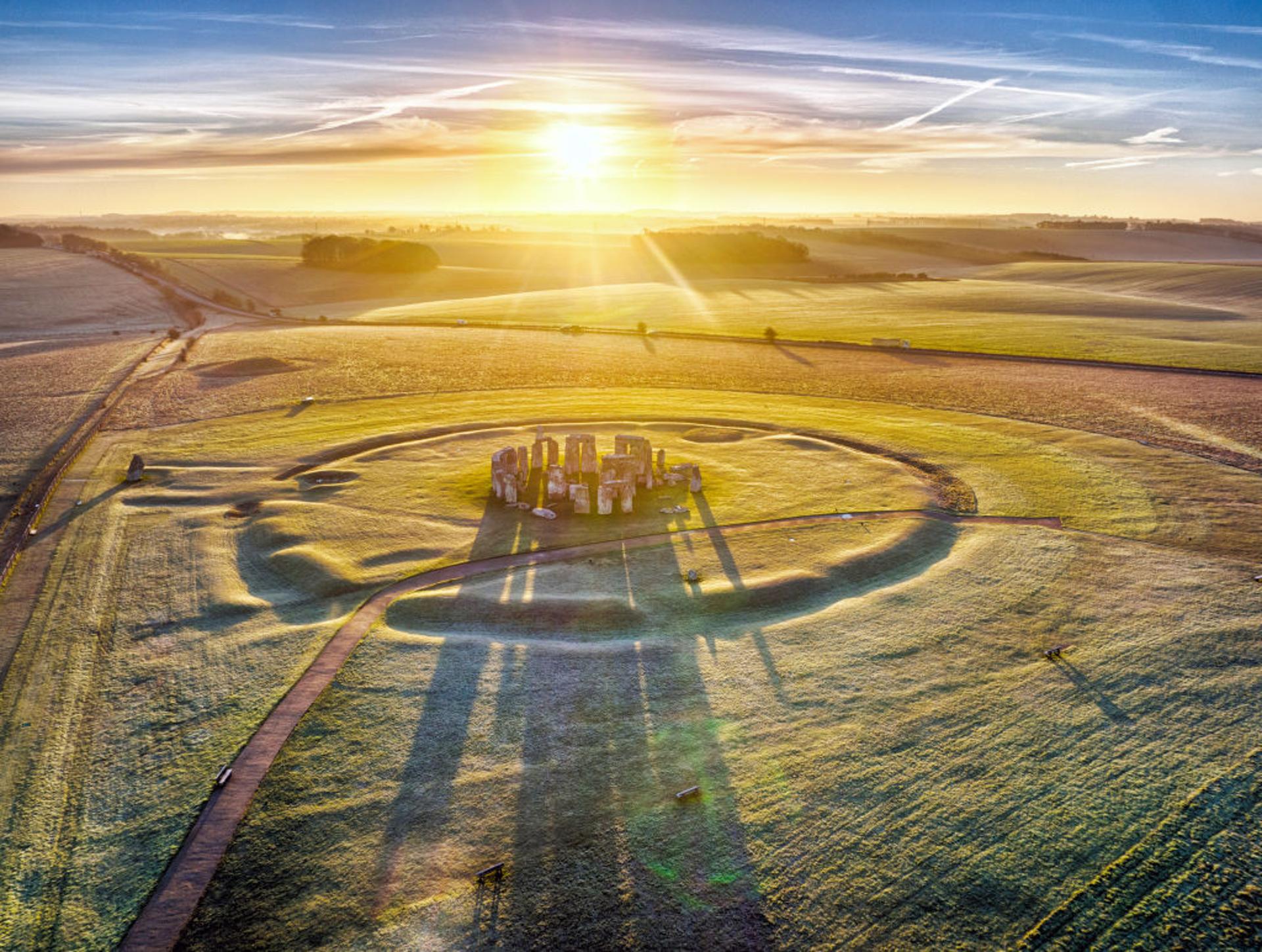
Source: Chris Gorman/Getty Images
Some of the stones weigh up to 3,000 pounds, indicating significant effort and coordination to place them underwater.
Enigmatic Origins and Purposes
Unlike Stonehenge, the Lake Michigan stones aren’t stacked but still form a precise shape.
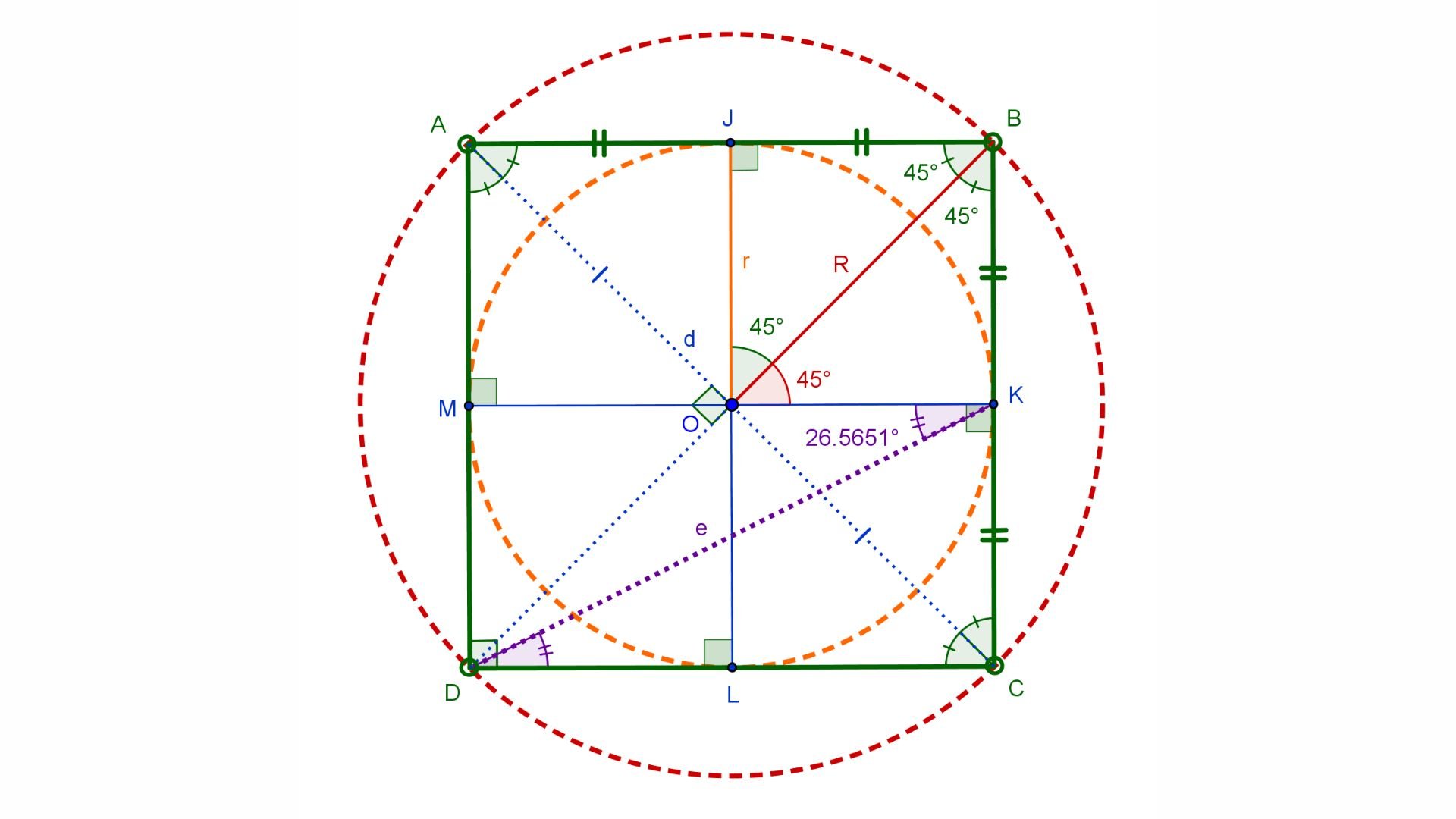
Source: Wikimedia Commons
Rob Nelson from Discovery UK notes the lack of similar formations in the archaeological record, adding to the mystery.
Anishinaabe Connection
Hank, a descendant of the Anishinaabe people, believes the stones hold sacred significance.
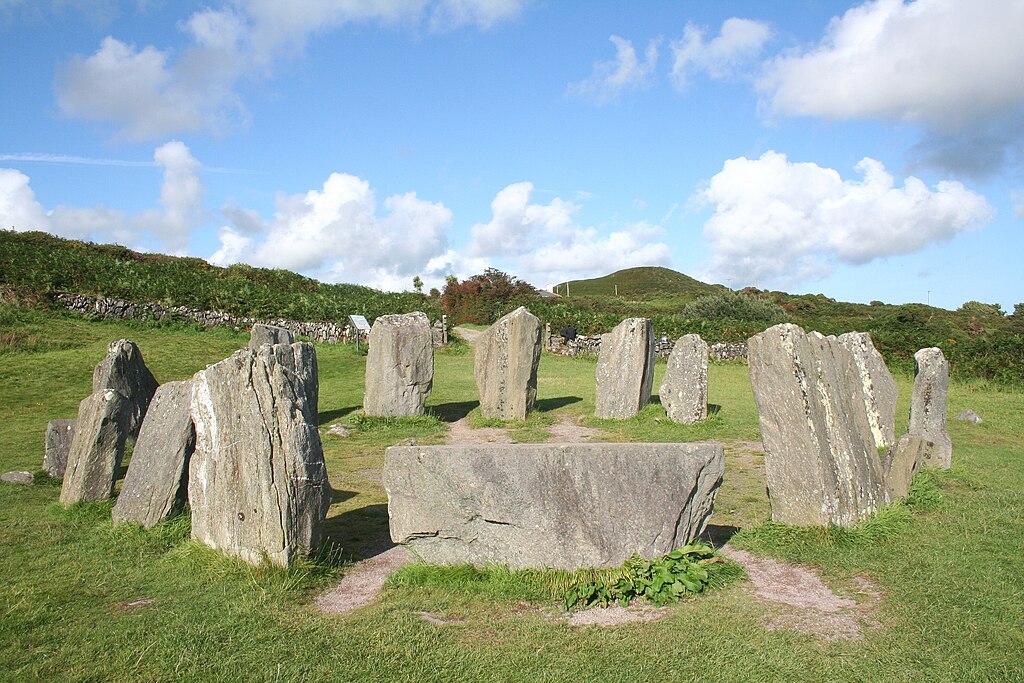
Source: Wikimedia
His ancestors, hunter-gatherers who settled in the region post-Ice Age, viewed stones as animate objects connected to the Earth.
Once a Thriving Settlement
Holley explains that 10,000 years ago, the area wasn’t underwater.

Source: Jeremy Bishop/Pexels
It would have been an ideal spot for early humans, providing easy access to resources and transportation, before being submerged by rising water levels 5,000 years later.
Advanced Technology Unveils More
Using stereo photogrammetry, researchers created a 3D rendering of the site.

Source: Wikimedia
This technology revealed carvings on the stones, including an image of a Mastodon, an extinct ancestor of elephants.
The Mastodon Connection
Mastodons roamed North America during the Pleistocene Epoch, standing up to 10 feet tall and weighing six tons.
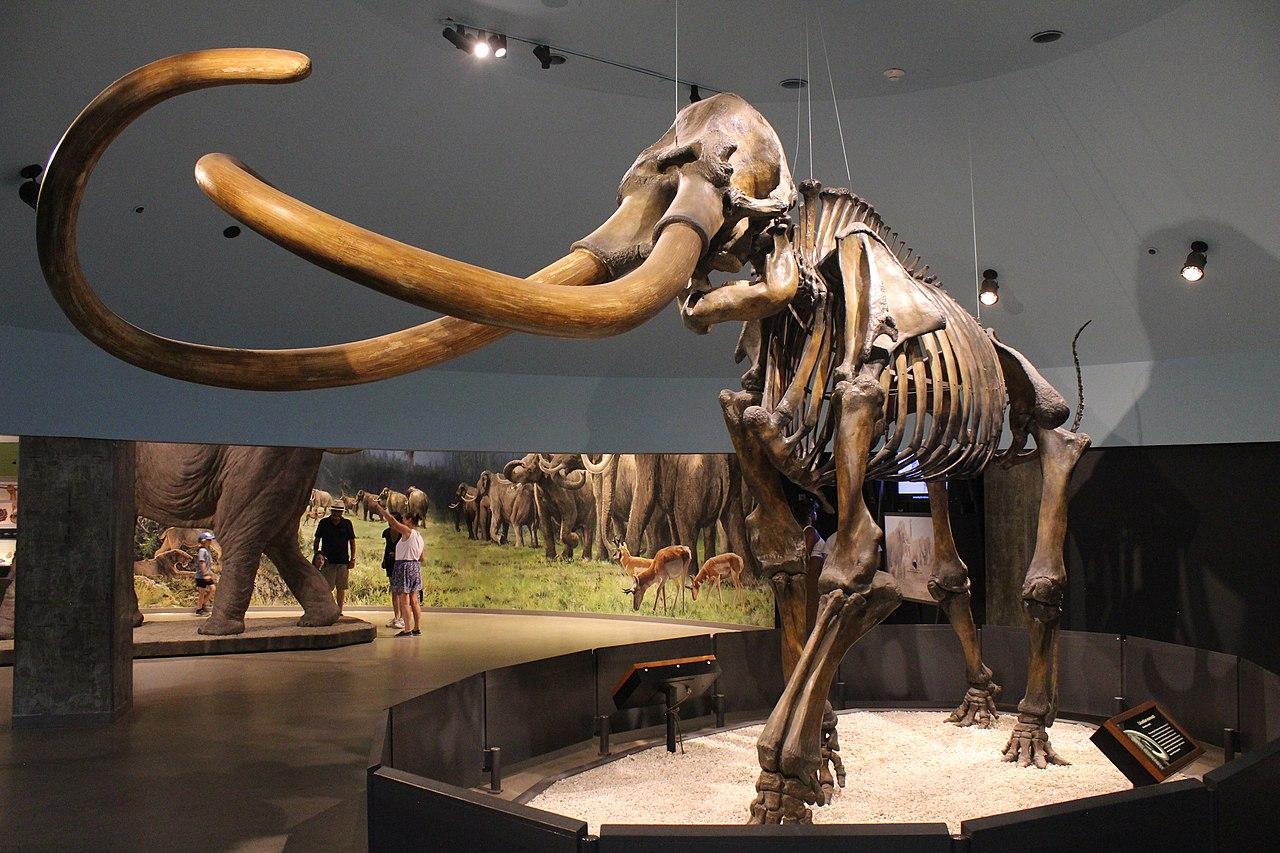
Source: Wikimedia
The carvings suggest the site’s creators were familiar with these massive creatures, possibly indicating they hunted them.
Possible Ancient Hunting Grounds
Dr. John O’Shea suggests the stone circle could have been a drive lane, a structure used to herd animals towards hunters.

Source: Adobe Stock
This theory implies early humans were more advanced in their hunting techniques than previously thought.
Theories and Speculations
Despite various theories, the exact purpose and creators of the Lake Michigan stone circle remain unknown.
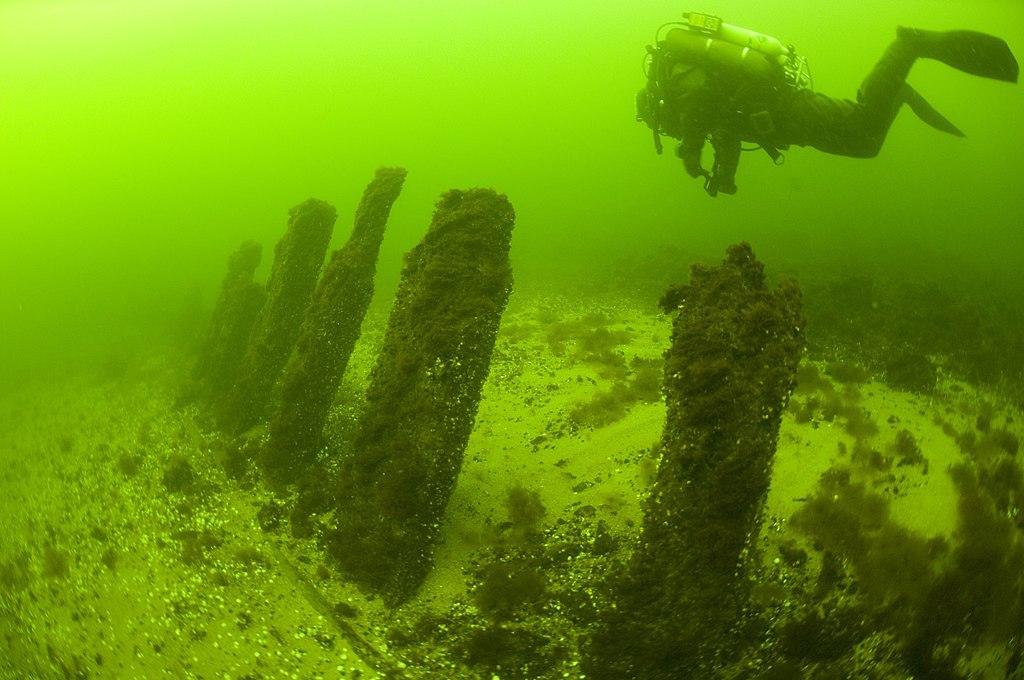
Source: Wikimedia
Its discovery continues to puzzle experts and spark debates about prehistoric human capabilities.
A Mystery Deepens
Much like its counterpart in Salisbury, the Lake Michigan stone circle remains shrouded in mystery.

Source: Ezra Jeffrey-Comeau/Unsplash
As researchers uncover more details, this ancient structure challenges our understanding of human history and ingenuity.
